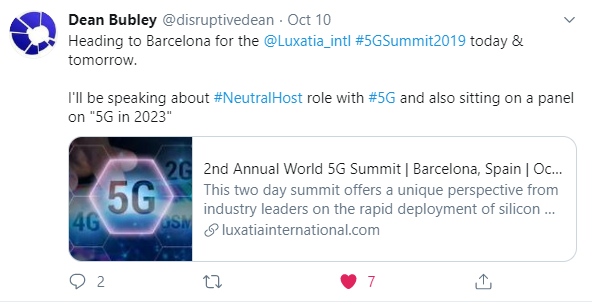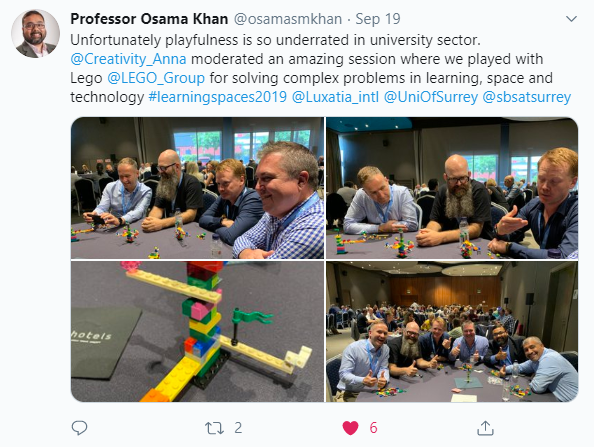We had the chance to interview Sorell Slaymaker, Principal Consulting Analyst at TechVision Research and Chairman for the World SD-WAN Summit, before the event. Learn about his experience in the SD-WAN industry and what his expectations are for the summit.
CAN YOU TELL US ABOUT TECHVISION RESEARCH AND ITS VISION FOR THE SD-WAN INDUSTRY?
TechVision Research (TVR) provides expert research and practical advice to safely guide enterprises, service providers and government agencies with their digital transformation.
TVR predicts that the SD-WAN market will continue to grow rapidly, driven by the digital economy where everything is connected. Networks are expected to evolve rapidly to support edge computing for next-generation applications such as augmented reality while providing more intelligence including automation and zero-touch provisioning and enhancing network security. SD-WAN promises to make networks faster, better, cheaper, AND more secure.
HOW IS TECHVISION RESEARCH ADDRESSING SECURITY CONCERNS WITHIN THE SD-WAN MARKET?
TVR is an advocate of Zero Trust Networking (ZTN). ZTN does not allow a single packet on the network unless it has been authenticated and authorized. This stops hackers and malware at the edge of the network versus at the middle or in front of a user, service, or application. The below figure is an example of changes required to move to ZTN:

IN YOUR OPINION, HOW DO SD-WAN PROVIDERS VARY AND WHY DO THESE DIFFERENCES EXIST?
The promise of SD-WAN is to be hardware, transport, service provider, and vendor-independent. The market reality is different:
- Hardware — Some vendors support a truly white-box model while other vendors offer a grey or black box offering. Performance, support, and capital costs vary widely depending on the underlying hardware utilized.
- Transport — Offerings vary on offering LTE or legacy interfaces such as T1/E1 and the ability to aggregate bandwidth from many different connections or types such as Ethernet, Internet, MPLS along with the ability to support meshed based routing and multicast.
- Service Provider — Some solutions only provide SD-WAN using a limited or single service provider for transport, while others will use the best available and provide the service aggregation so that an enterprise has a single entity to work with for ordering, management, and billing. The cheapest bandwidth can be obtained by buying it at wholesale rates.
- Vendor — There are approximately 60 SD-WAN vendors in the global market. Many SD-WAN solution providers only offer a single vendor solution. Unlike the traditional routing market, which was dominated by a single vendor with a few secondary vendors, the SD-WAN market has many viable vendors.
Read our full interview with Sorell here.
Interested in learning more about the World SD-WAN Summit? Download your free brochure here!













